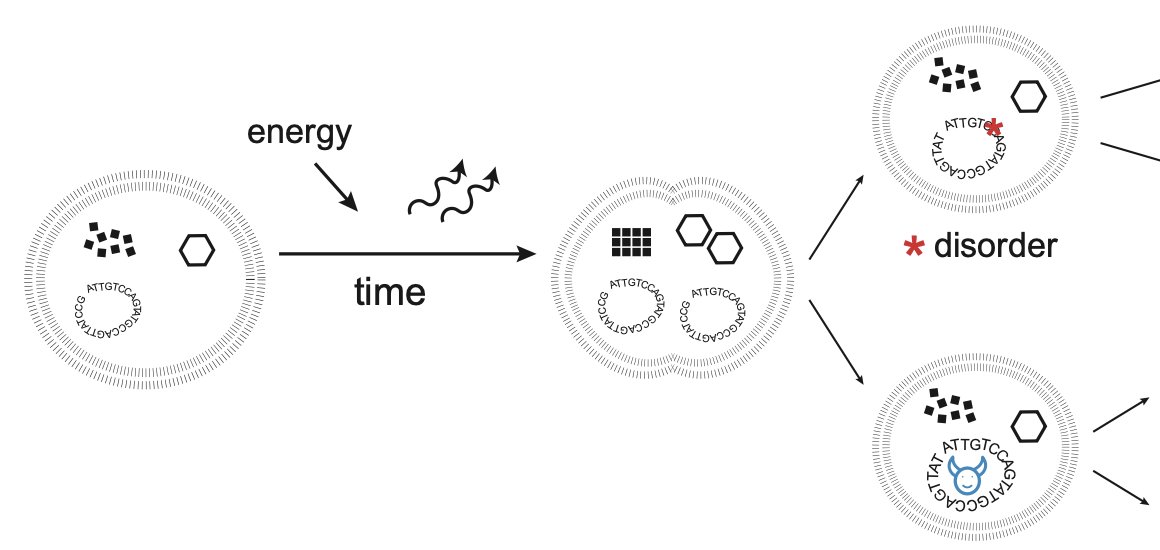Arvind Murugan
@murugan_chicago
Asst. Prof of Physics at U Chicago. Work on questions in biology, physics and anything else that's interesting.
Out now - a long simmering project: A minimal scenario for the origin of non-equilibrium order. arxiv.org/abs/2405.10911 Led by Riccardo Ravasio @RRavasio and Kabir Husain @kabir8husain (now at UCL); + fun collab with Constantine Evans, Rob Phillips, Jack Szostak @SzostakLab

My first first-author paper is out! It was an amazing collaborative effort with a lot of amazing people including @ArvindSPillai1 and @JoeThorntonLab. Please read if you like things involving evolution and biochemistry. pnas.org/doi/10.1073/pn…
The lecture notes on "Chemically Active Droplets" are now available on arxiv: arxiv.org/abs/2407.09859. Thanks again for the amazing Boulder Summer School students and the organizers @SaricLab, @squishycell1, @ShilaBanerji, and @SoftLiv_Cornell!
My latest for @newscientist is about how complex systems out of equilibrium can get things "right" even if they don't really have a sense of what "right" means as long as they're trying to go fast newscientist.com/article/243385…
Hailed as "an achievement of humanistic inquiry" and "a triumph of scholarship," Assoc. Prof. Margareta Ingrid Christian's book "Objects in Air" has earned the Gordon J. Laing Award—the top honor by the @UChicagoPress. ms.spr.ly/6019Y3rgN ms.spr.ly/6018Y3rg2
Wow, pretty cool idea for a potentially generic signature of lifen anywhere - simple argument based on kinetics vs equilibrium.
Preprint! If you had a soil sample from Mars, what would you look for as evidence of life? Many proposals focus on specific compounds, but extraterrestrial life need not resemble ours. And no known signature comes from self-replication alone.1/2 @eltanin4 arxiv.org/abs/2403.18614
1/7 Excited to share my last publication at @SciRobotics using soft matter physics principles to combine soft, modular, and swarm robotics. We address the challenge of designing robotic systems capable of changing their shape and flexibility to adapt to various environments.
A new robotic system relies on the collective behavior of its distinct units to move and overcome hurdles. Learn more in Science Robotics ⬇️ 📄: scim.ag/5E3 @B_Saintyves @UChicago Focus: scim.ag/5E4 @GeorgiaTech
Nature research paper: Pattern recognition in the nucleation kinetics of non-equilibrium self-assembly go.nature.com/48GGtMb